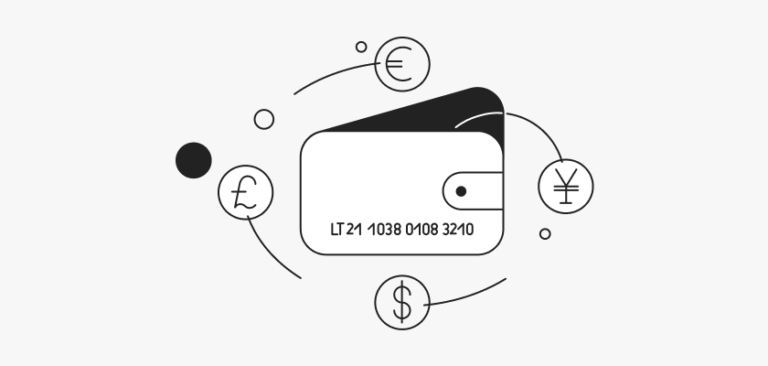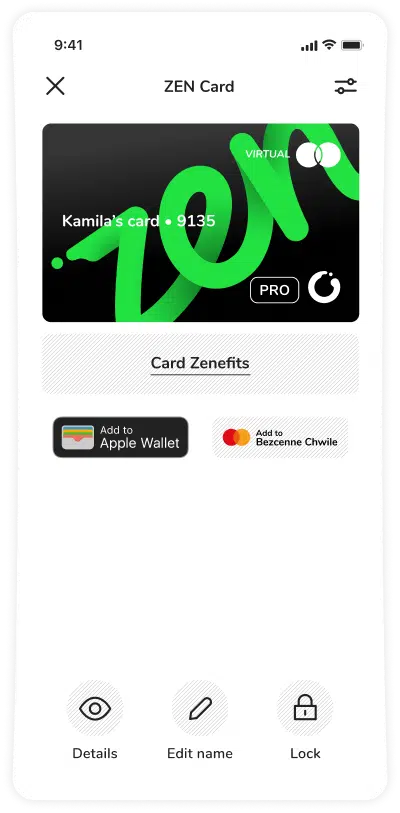“Chargeback” is a magical word that manages to make sellers, consumers, and banks all groan in unison, as all of these entities are the ones to deal with the consequences of an unpredictable world. Whether it’s an undelivered package or a mistaken order, a chargeback is definitely a frustrating experience for everyone but the fraudsters, who eagerly take advantage of the situation. And that is why we need to rethink the whole idea.
If you have no idea who Lazy Conquerors are and why you should care about them, take a look at our blog posts introducing the idea of a new type of e-consumer – HERE.
As you can imagine, since E isn’t the first letter of the alphabet, there are already some posts that take a close look at the habits and quirks of Lazy Conquerors.
Check them all out HERE.
Of course, we at ZEN.COM know that you as a seller are in the most frustrating situation. You made a sale and for some reason it didn’t work out. You’re rarely at fault – it’s mostly about external factors that are beyond your reach. Yet it’s you who has to answer with your money.
The majority of chargebacks are actually classified as frauds.
In 2019, 73.84% of Mastercard chargebacks were categorized as fraud-related, with 3/4 of them being friendly fraud, which means customers making claims that are contrary to what really happened.
Fraud is a major issue not only because of its very existence, but also due to the costs it incurs. Around 48% of retail merchants have a fraud team comprising at least
11 people. These are mostly companies from the electronics, health & beauty and FMCG sectors. Apparently 76% of retail merchants believe that their budget for tackling fraud will grow over the next 12 months, with one-fifth expecting a significant increase.
Of course, the specialists who handle those requests need to be paid appropriately, and the bigger the e-store, the more issues of this kind it hasto face.
We are at a state where chargebacks have happened, are happening and will continue to happen. It is likely that you are among those frustrated merchants who feel they spend too much on fighting unfair chargebacks. Sometimes you might even wonder whether it might simply be better to just let them happen, within a certain budget, instead of spending your time and money on trying to understand what really happened.
After all, your customers have come to expect easy chargebacks, but you need to stay financially solvent. Is that even possible?
Below you will find ZEN.COM’s quick checklist aimed at maximizing your anti-fraud prevention and making your selling process more ZEN:
- Make sure that if the customer makes a payment, it is clearly shown in on their bank statement as going to your shop(above all, your company name should be clear). It might sound weird, but inPoland, for example, 84% of consumers have had a problem identifying some of their shopping purchases in their transaction history, with one-fifth finding it happens rather often or very often.
In 72% of these cases, contacting the bank leads to making an official chargeback claim, which is often unjustified, simply because the customer didn’t remember making a payment to your shop. - Have all shipping and tracking data available. You need as much paper trail as possible to secure proof that the package did indeed arrive at the customer and was accepted without any complaints. It goes without saying that the delivery partner should have great customer support so that, if anything does happen, the customer can resolve the issue smoothly. Being able to track their parcel will also benefit your customers, as Lazy Conquerors love to have everything easily to hand.
- It is also important to have a very clear returns policy that is compliant with all appropriate consumer regulations. If you make it really easy to return an item, but at the same time make it clear what the timeline is for such actions, it will be harder for a consumer to claim that they did not know about the timeline, or they returned the item but received no refund.
- If a particular situation happens often, such as chargebacks for double payments or for a specific delivery (i.e.parcels often break down when shipped to a certain country or in a certain packaging size), it might be worth investigating the issue to understand where it arises. Data shows that a customer who successfully files a chargeback is nine times more likely to file another one, and 40% of customers who file a chargeback will file another one within 60 days.
- Setting up a fast live support not only benefits potential buyers, but also customers who have bought something and aren’t sure what is happening. Some time spent explaining it to them will lead to less time lost on fighting chargebacks.
Take advantage of payment hubs and their financial possibilities.
For example, ZEN.COM covers all costs related to chargebacks, both in terms of extra expenses and time devoted to dealing with them. For a monthly fixed fee (dependent on the number of processed transactions), you will be able to outsource the chargeback service to someone else without having to worry about budget or employees dedicated to that.
source:
https://f.hubspotusercontent10.net/hubfs/6830261/2020%20Year%20in%20Chargebacks%20Report.pdf?utm_campaign=2020%20YIC%20Report
Ravelin, Retail Ecommerce Fraud&Payments Survey, 2021
https://www.mastercard.com/news/europe/pl-pl/centrum-prasowe/aktualnosci/pl-pl/2021/styczen/badanie-mastercard-konsumenci-oczekuja-bardziej-przejrzystych-opisow-transakcji-karta-w-bankowych-aplikacjach/ https://www.getbankcard.com/blog/chargeback-stats-merchants-must-know




